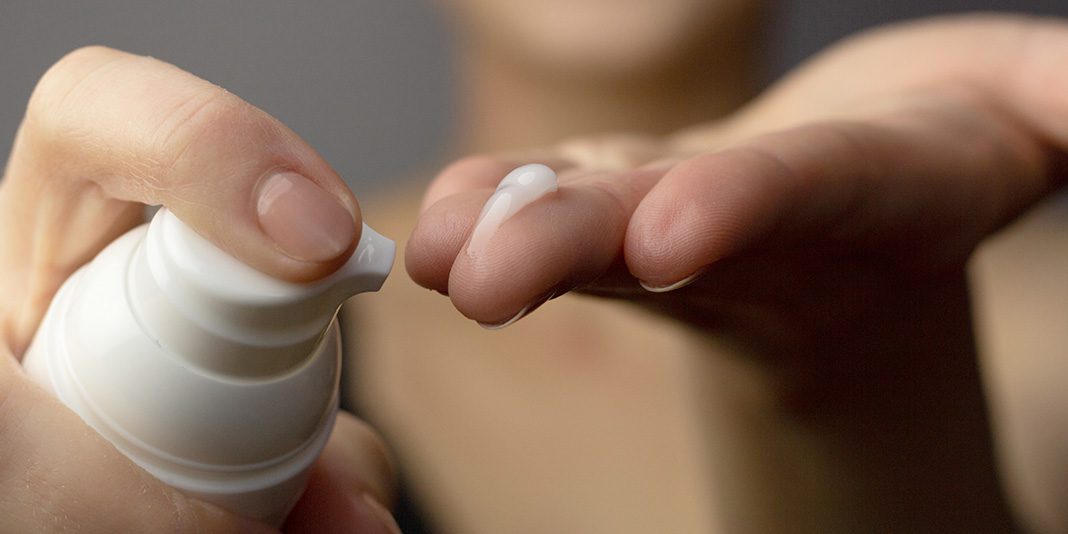Retinoids are quickly becoming a staple in most skin care routines. In addition, individuals are gravitating toward Tretinoin thanks to its strength and effectiveness.
What is Tretinoin?
According to Healthline, “Tretinoin is a synthetic version of vitamin A. It’s stronger, and you need a prescription from your doctor for this medication.”
Tretinoin is more effective than over-the-counter retinoids and can treat many concerns, including acne or aging. However, Tretinoin can feel harsh upon application, especially for sensitive skin.
It’s crucial to adjust your skincare regimen to get the most from Tretinoin.
Benefits of Tretinoin
People gravitate towards Tretinoin due to its strength and effectiveness. In addition, it provides multiple benefits to the skin like:
– Exfoliation
– Improved skin texture
– Reduce acne inflammation
– Combat fine lines and wrinkles
Tretinoin Tips
Tretinoin is quite an intimidating product; it can take time for the skin to adjust. For example, your skin may experience a purge that includes redness, dryness, and breakouts. However, this phase is usually temporary.
How can you make your Tretinoin journey easier?
Apply Only at Night
One study claims, “Tretinoin increases epidermal cellular turnover, and also causes dispersion of melanin granules.” It’s best to apply Tretinoin at night because it will increase the skin’s sensitivity towards the sun and affect your results.
A Little Goes a Long Way
Tretinoin is a high-performing prescription cream that you don’t want to misuse. You only need to apply a minuscule amount of Tretinoin. Using too much can cause unnecessary skin irritation.
Slowly Add to Your Routine
Sensitive skin types may have a challenging time tolerating Tretinoin. Beginners should start using Tretinoin once a week until the skin adjusts. Then, you can slowly use it more frequently if the skin can tolerate it.
Slowly incorporating Tretinoin into a skincare routine can lessen the chance of an adverse reaction.
Start With a Low Percentage
What dosage or percentage of Tretinoin should you start using in your routine? First, consult with a dermatologist. However, sensitive or normal skin types may benefit from starting at the lowest dose of Tretinoin.
A dermatologist may recommend a high dosage if the skin struggles with intense acne or signs of aging.
Always Wear SPF
We’ve mentioned that Tretinoin can increase your skin’s sensitivity to the sun. Applying SPF daily will ensure your skin is adequately protected and the Tretinoin has a chance to showcase its benefits.
How to Apply Tretinoin
Tretinoin is simple and straightforward to apply. In addition, it will help to have an extremely minimal skincare routine to avoid any negative reactions.
Wash Your Face
Wash your face as you usually would. It’s crucial to eliminate all traces of dirt, debris, and makeup so the skin can better absorb it into the face.
Pat Dry
Pat your face gently and thoroughly to remove leftover water from cleansing.
Wait
Mayo Clinic states to “wait 20 to 30 minutes before applying this medicine to make sure the skin is completely dry. Applying tretinoin to wet skin can irritate it.”
Your face may feel uncomfortable during this waiting period, but applying Tretinoin to a dry face is essential.
Use a Pea-sized Amount
You only need a pea-sized amount of Tretinoin to get its full effects. This should be enough to cover the whole face, and the cream should instantly disappear into the skin.
Moisturize
Finally, you’ll want to lock everything in with a gentle and nourishing moisturizer to keep the skin hydrated.
Sandwich Method
Your dermatologist may recommend the sandwich method. This involves cleansing the face and applying moisturizer before your 30-minute wait. Then, you apply the Tretinoin and use a second application of moisturizer.
This method may be beneficial for skin that is highly sensitive or dry.
When to Consult a Dermatologist
Tretinoin isn’t for everyone and can only be obtained by prescription. In addition, you may need to avoid Tretinoin if you’re pregnant or using other medications.
It’s crucial to consult with a derm to ensure your safety and create the best Tretinoin routine tailored to your skin’s needs.




































